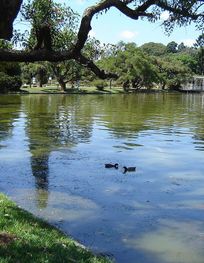
Buenos Aires: The Paris of South America
Discover Buenos Aires: A city where European elegance meets Latin American passion, offering a rich tapestry of culture, cuisine, and vibrant street life.
Buenos Aires, the capital of Argentina, is a city that exudes charm and elegance. Known for its European-style architecture, vibrant arts scene, and rich cultural heritage, Buenos Aires offers a unique blend of old-world charm and modern sophistication. Wander through the cobblestone streets of San Telmo, where colonial buildings and antique shops transport you back in time. Explore the bustling neighborhood of Palermo, filled with trendy cafes, boutiques, and lush parks. The city is a paradise for food lovers. Indulge in world-renowned Argentine beef at a traditional parrilla, or savor the delicate flavors of homemade empanadas. Don't miss the chance to experience a live tango show, a dance that is as passionate and captivating as the city itself. The colorful neighborhood of La Boca, with its iconic Caminito street, is a must-visit for its vibrant murals and street performers. Buenos Aires is also a city of contrasts. The opulent Teatro Colón, one of the world's most renowned opera houses, stands in stark contrast to the modern skyscrapers of Puerto Madero. The city's rich history is evident in landmarks like Plaza de Mayo, where the Casa Rosada, the presidential palace, stands proudly. Whether you are strolling through the lush gardens of Palermo or exploring the historic Recoleta Cemetery, Buenos Aires offers a myriad of experiences that cater to every type of traveler.
Local tips in Buenos Aires
- Visit the San Telmo Market on Sundays for antiques, street food, and live performances.
- Use public transport or ride-sharing apps as taxis can be expensive and sometimes unreliable.
- Learn some basic Spanish phrases; locals appreciate the effort and it will enhance your experience.
- Try the local drink, mate, but be aware of its strong, acquired taste.
- Watch a tango show in a traditional venue for an authentic experience.
Neighbourhoods in Buenos Aires
Buenos Aires: The Paris of South America
Buenos Aires, the capital of Argentina, is a city that exudes charm and elegance. Known for its European-style architecture, vibrant arts scene, and rich cultural heritage, Buenos Aires offers a unique blend of old-world charm and modern sophistication. Wander through the cobblestone streets of San Telmo, where colonial buildings and antique shops transport you back in time. Explore the bustling neighborhood of Palermo, filled with trendy cafes, boutiques, and lush parks. The city is a paradise for food lovers. Indulge in world-renowned Argentine beef at a traditional parrilla, or savor the delicate flavors of homemade empanadas. Don't miss the chance to experience a live tango show, a dance that is as passionate and captivating as the city itself. The colorful neighborhood of La Boca, with its iconic Caminito street, is a must-visit for its vibrant murals and street performers. Buenos Aires is also a city of contrasts. The opulent Teatro Colón, one of the world's most renowned opera houses, stands in stark contrast to the modern skyscrapers of Puerto Madero. The city's rich history is evident in landmarks like Plaza de Mayo, where the Casa Rosada, the presidential palace, stands proudly. Whether you are strolling through the lush gardens of Palermo or exploring the historic Recoleta Cemetery, Buenos Aires offers a myriad of experiences that cater to every type of traveler.
When is the best time to go to Buenos Aires?
Iconic landmarks you can’t miss
Obelisco
Explore the iconic Obelisco in Buenos Aires, a historical landmark and cultural symbol that captures the essence of the vibrant city life.
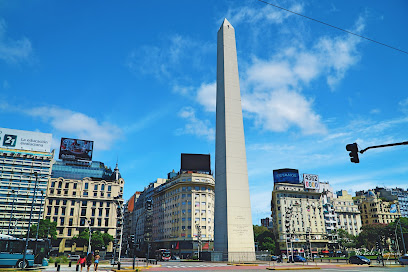
Plaza de Mayo
Discover the rich history and vibrant culture at Plaza de Mayo, Buenos Aires' iconic historical landmark and social hub.
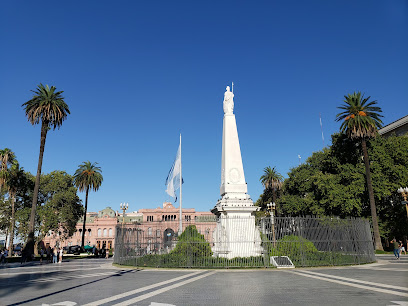
Jardín Japonés
Discover the beauty of nature and Japanese culture at the enchanting Jardín Japonés in Buenos Aires, a perfect escape for tranquility and exploration.
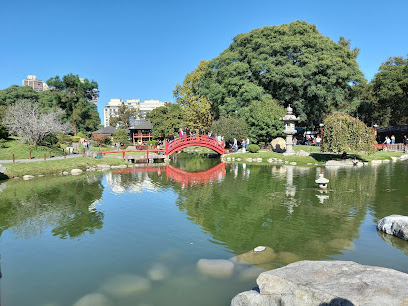
Woman's Bridge
Discover the iconic Woman's Bridge in Buenos Aires, an architectural gem offering breathtaking views and a vibrant atmosphere in the heart of Puerto Madero.
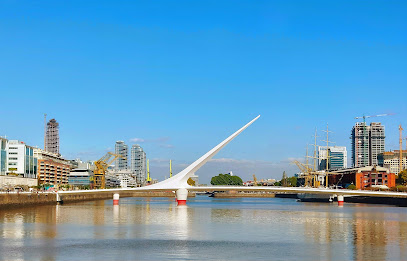
Jardín Botánico Carlos Thays
Explore the lush greenery and diverse plant life at Jardín Botánico Carlos Thays, a serene escape in the heart of Buenos Aires, perfect for nature lovers.
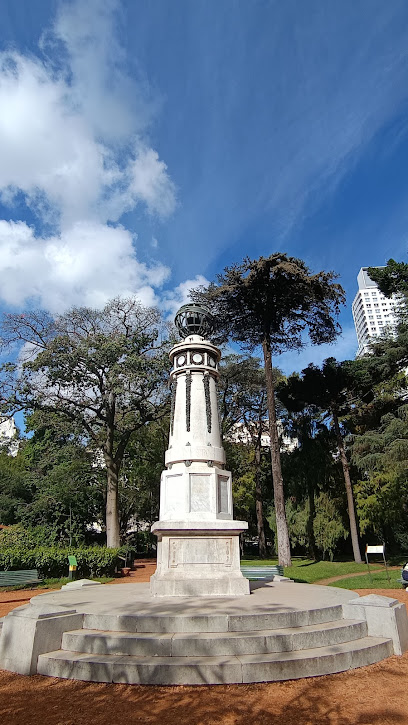
Plaza del Congreso
Explore the grandeur of Plaza del Congreso, a historical and cultural gem in Buenos Aires, showcasing stunning architecture and vibrant public life.
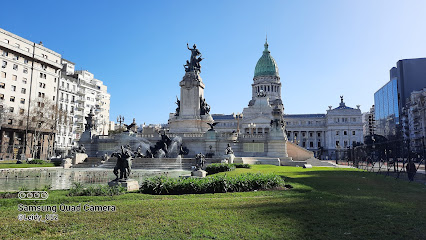
Usina del Arte
Explore Usina del Arte, Buenos Aires' leading cultural center, offering art, performances, and family-friendly activities in a stunning historic setting.
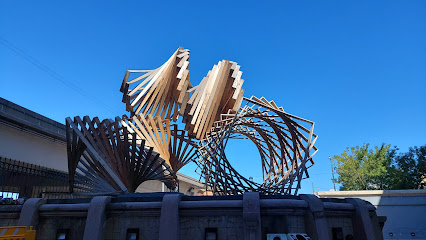
Palacio Barolo
Explore the iconic Palacio Barolo, a historical landmark in Buenos Aires that offers stunning architecture and panoramic city views.
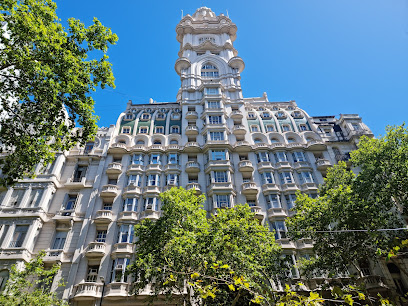
Plaza General San Martín
Discover the historical charm and vibrant atmosphere of Plaza General San Martín, a must-visit park in Buenos Aires for culture and relaxation.
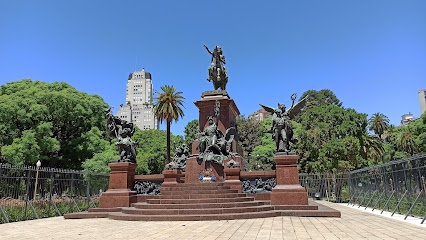
Parque Mujeres Argentinas
Explore Parque Mujeres Argentinas: a serene urban park in Buenos Aires celebrating women's contributions with stunning art, lush greenery, and peaceful pathways.
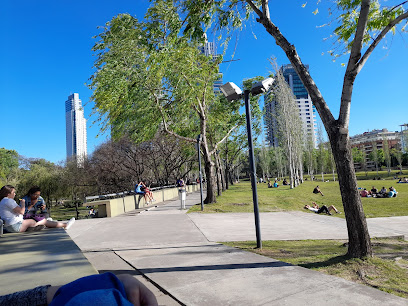
Parque de la Memoria - Monumento a las Víctimas del Terrorismo de Estado
Discover Parque de la Memoria, a serene memorial in Buenos Aires honoring victims of state terrorism through art and reflection amidst nature's beauty.

Museo Nacional de Arte Decorativo
Discover the rich artistic heritage at the Museo Nacional de Arte Decorativo, a top destination for art lovers in Buenos Aires, Argentina.
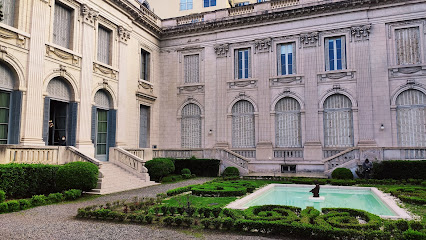
Plaza Rodríguez Peña
Discover the tranquil beauty of Plaza Rodríguez Peña, a lush city park in Buenos Aires perfect for relaxation and cultural exploration.
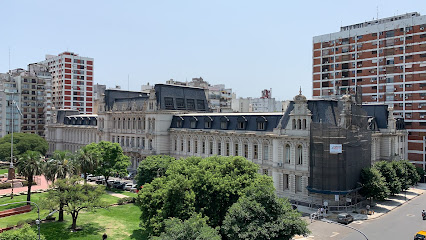
Museo Nacional del Cabildo de Buenos Aires y de la Revolución de Mayo
Discover Argentina's revolutionary history at the Museo Nacional del Cabildo de Buenos Aires, a must-visit destination for history lovers.
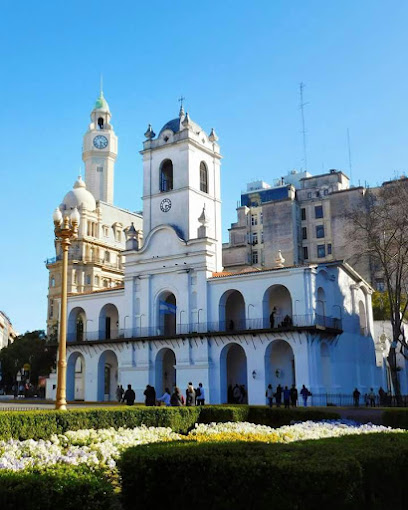
Museo Histórico Nacional
Discover the essence of Argentine heritage at the Museo Histórico Nacional, a captivating journey through history in the heart of Buenos Aires.
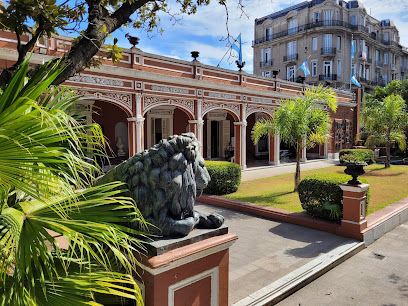
Unmissable attractions to see
Plaza de Mayo
Explore Plaza de Mayo, a historic landmark in Buenos Aires, Argentina, rich in culture, history, and vibrant local life.
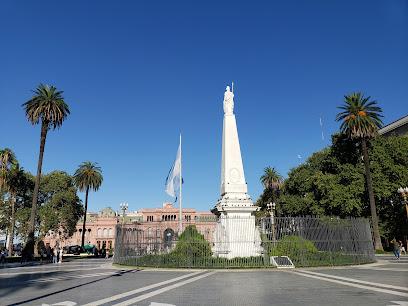
Jardín Japonés
Discover tranquility at Jardín Japonés in Buenos Aires, a stunning Japanese garden with lush landscapes, serene water features, and cultural experiences.
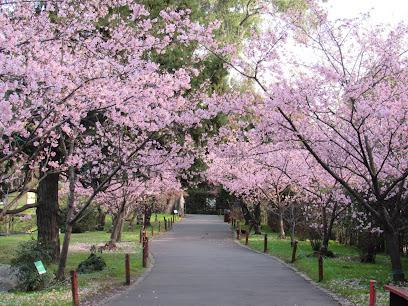
Parque Centenario
Explore Parque Centenario: A lush urban park in Buenos Aires, blending nature, history, and culture for an unforgettable experience.
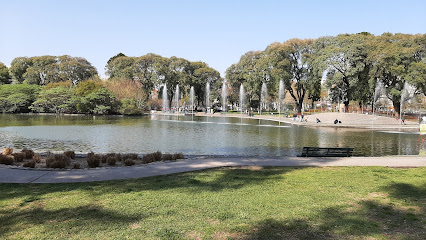
La Bombonera
Explore La Bombonera, the iconic stadium of Boca Juniors, and immerse yourself in the vibrant culture of Argentine football in Buenos Aires.
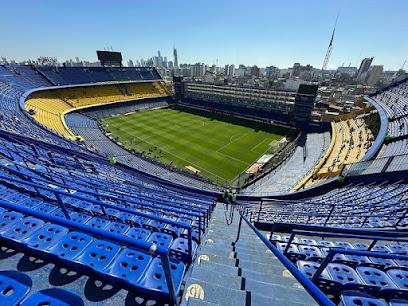
Reserva Ecológica Costanera Sur
Explore the beauty of nature at Reserva Ecológica Costanera Sur, an urban oasis in Buenos Aires perfect for relaxation and wildlife observation.
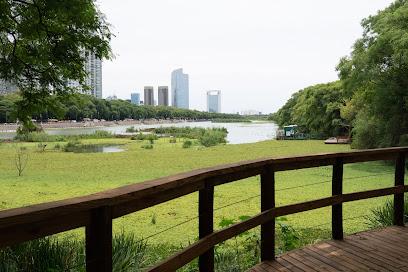
Teatro Colón
Discover the grandeur of Teatro Colón, Buenos Aires' premier opera house, where history, art, and breathtaking performances come together.
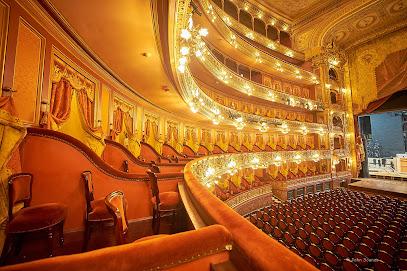
Estadio Mâs Monumental
Discover the heart of Argentine football at Estadio Más Monumental, the largest stadium in South America, blending sports, history, and culture.
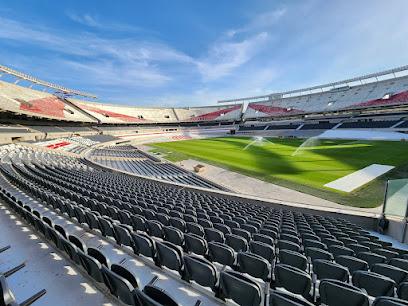
Estadio Luna Park
Discover the vibrant atmosphere of Estadio Luna Park, Buenos Aires' premier venue for concerts, theater, and unforgettable live events.
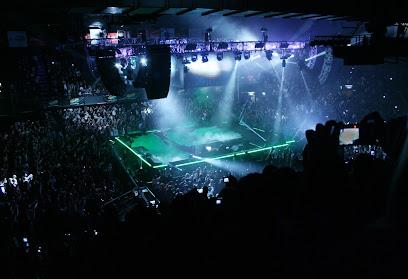
Palacio Libertad, Centro Cultural Domingo Faustino Sarmiento
Discover the rich cultural tapestry of Argentina at Palacio Libertad, a prestigious cultural center in the heart of Buenos Aires.
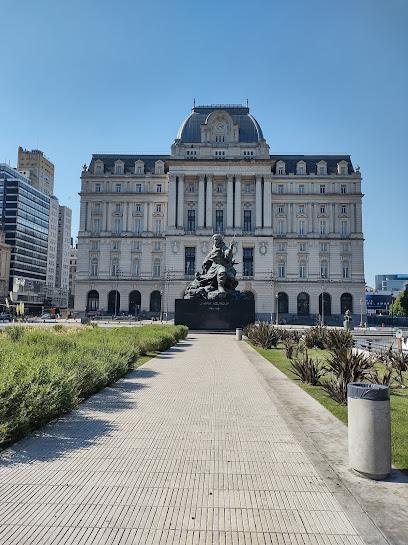
Costa Park
Experience the thrill and joy of Costa Park in Tigre, Buenos Aires: a family-friendly amusement park with rides, water fun, and vibrant entertainment.

Jardín Botánico Carlos Thays
Explore the lush landscapes of Jardín Botánico Carlos Thays, a serene escape in Buenos Aires filled with diverse plant species and tranquil beauty.
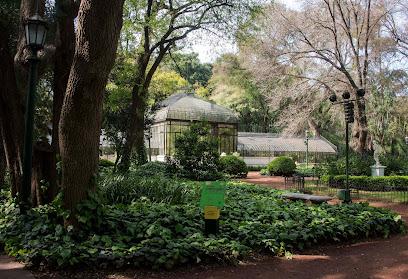
Parque Lezama
Explore Parque Lezama, a historic park in Buenos Aires filled with lush greenery, cultural monuments, and lively weekend events.

Plaza del Congreso
Experience the vibrant culture and stunning architecture at Plaza del Congreso, the political heart of Buenos Aires.
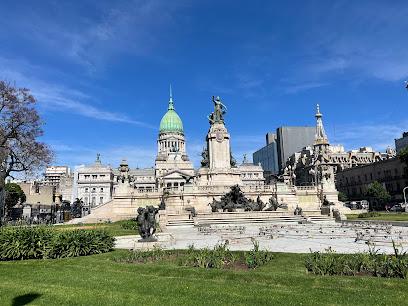
Centro Cultural Recoleta
Discover the cultural treasures of Buenos Aires at Centro Cultural Recoleta, a vibrant hub for art, history, and community engagement.
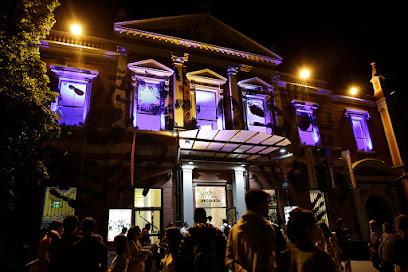
Parque de los Niños
Experience the tranquility and beauty of Parque de los Niños, a family-friendly urban park offering lush greenery and scenic views in Buenos Aires.
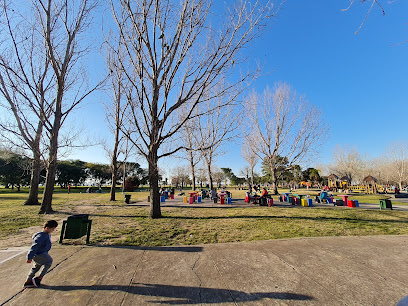
Essential places to dine
La Cabrera
Experience the rich flavors of Argentina at La Cabrera, where every bite tells a story of culinary tradition and passion.
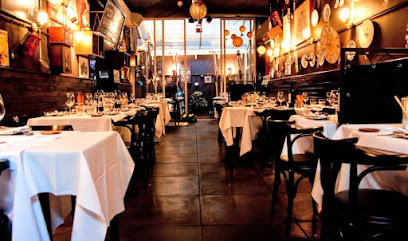
Nápoles
Discover Nápoles: A premier Italian restaurant in Buenos Aires offering authentic flavors and a lively atmosphere perfect for every occasion.
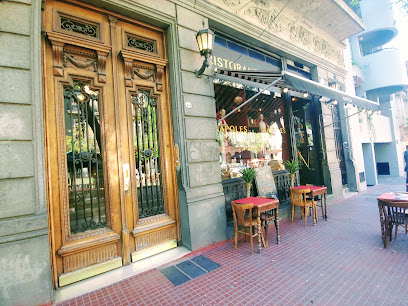
Don Julio
Experience the essence of Argentine cuisine at Don Julio – where exceptional grilled meats meet warm hospitality in Buenos Aires.
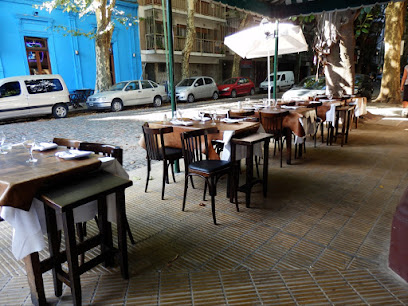
Puny
Discover exquisite Argentine cuisine at Puny, where tradition meets innovation in the heart of Buenos Aires.
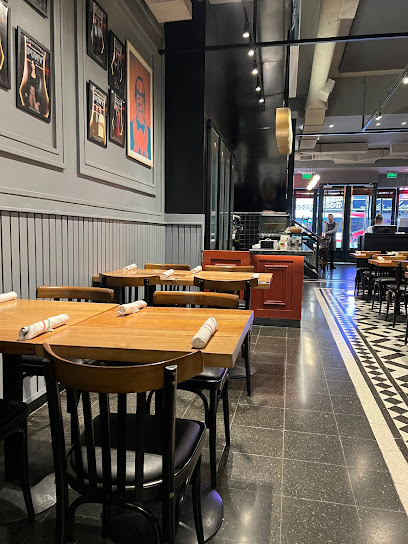
La Estancia Asador Criollo
Experience authentic Argentinian grilling at La Estancia Asador Criollo – where every bite tells a story.
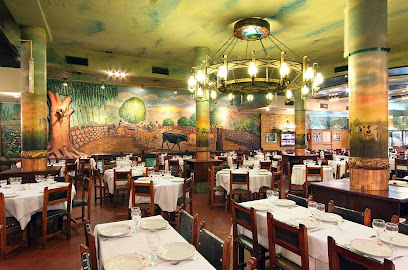
Puerto Cristal
Discover Puerto Cristal: An exquisite fine dining seafood restaurant in Buenos Aires with stunning waterfront views.
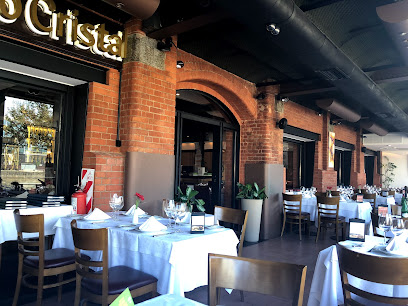
Il Gatto - Obelisco
Experience authentic Italian flavors at Il Gatto - Obelisco in Buenos Aires; where every meal is a celebration of culinary art.
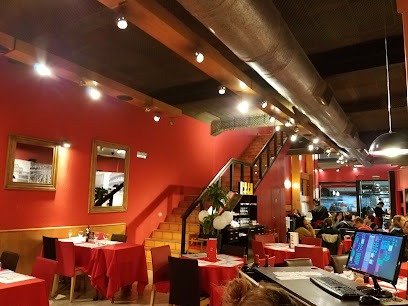
El Preferido de Palermo
Discover authentic Argentine cuisine at El Preferido de Palermo, where every dish tells a story in a vibrant Buenos Aires setting.
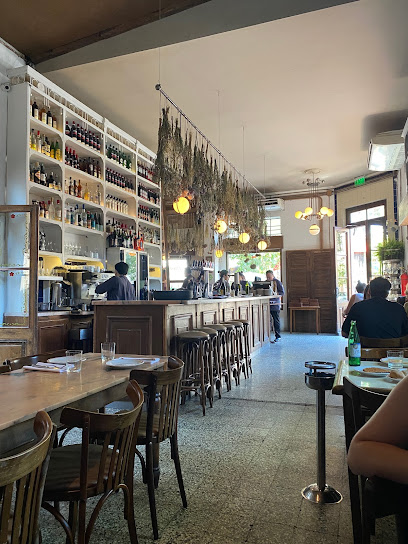
Petit Colón
Discover the art of fine dining at Petit Colón, where Argentine flavors meet modern culinary creativity in the heart of Buenos Aires.
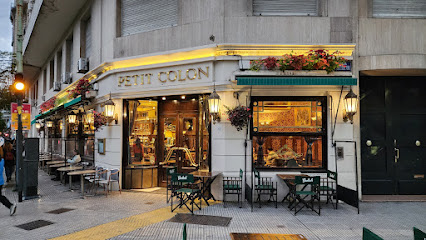
Chiquilin
Experience the vibrant flavors of Buenos Aires at Chiquilin, where delicious breakfasts meet exceptional service in an inviting atmosphere.
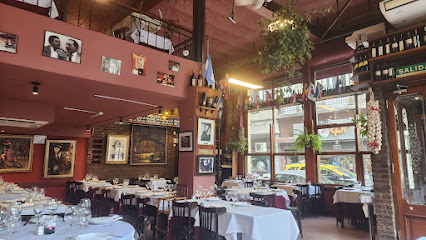
Santos Manjares
Experience the ultimate steak indulgence at Santos Manjares in Buenos Aires - where every bite is a celebration of Argentine flavor.
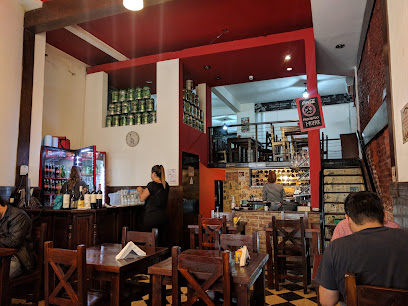
Desnivel
Experience authentic Argentine cuisine at Desnivel in San Telmo – renowned for its flavorful grilled meats and welcoming atmosphere.
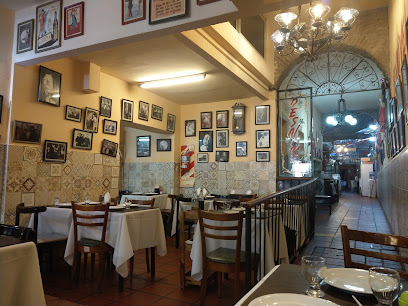
Sagardi Argentina
Experience authentic Basque cuisine at Sagardi Argentina - where every dish tells a story through rich flavors and culinary tradition.
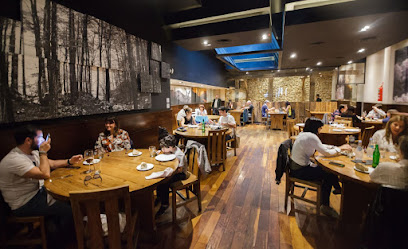
Tucson
Discover Tucson in Buenos Aires: A premier American steakhouse known for its delectable ribs and inviting atmosphere.
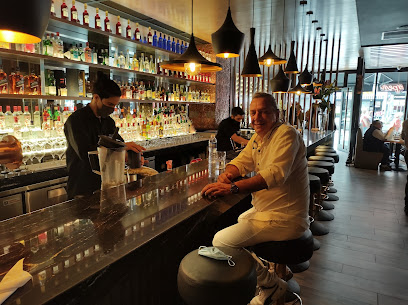
Almacén & Restaurant Suipacha
Experience authentic Argentine cuisine at Almacén & Restaurant Suipacha in Buenos Aires - A delightful blend of tradition and flavor awaits you.
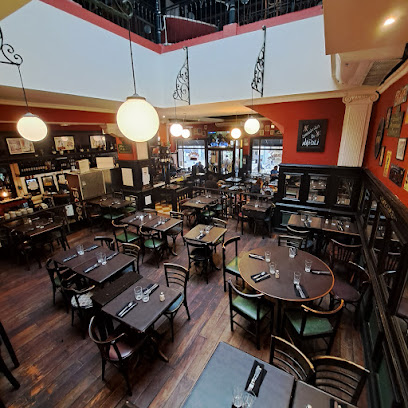
Markets, malls and hidden boutiques
Galerías Pacífico
Explore Galerías Pacífico, Buenos Aires' premier shopping destination blending luxury retail with stunning architecture and cultural experiences.
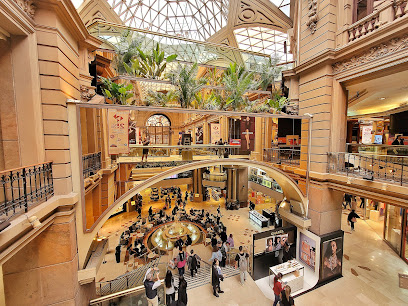
Alto Palermo
Discover Alto Palermo, Buenos Aires' premier shopping mall, featuring a diverse range of stores, delectable dining, and a vibrant cultural atmosphere.
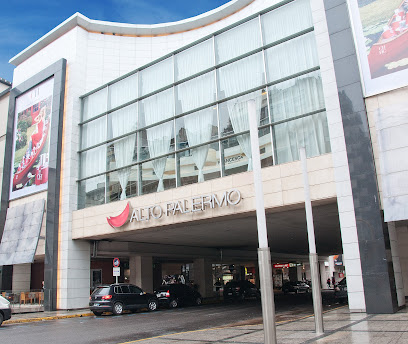
Recoleta Urban Mall
Explore Recoleta Urban Mall, a shopping haven in Buenos Aires featuring diverse retail options, delightful dining, and a lively atmosphere.
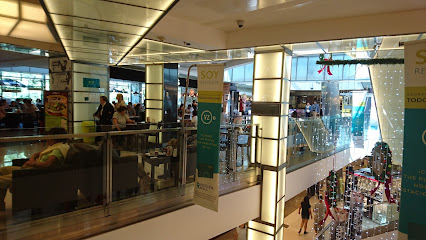
Patio Bullrich
Experience luxury shopping and gourmet dining at Patio Bullrich, a premier shopping mall in Buenos Aires, blending elegance with local charm.
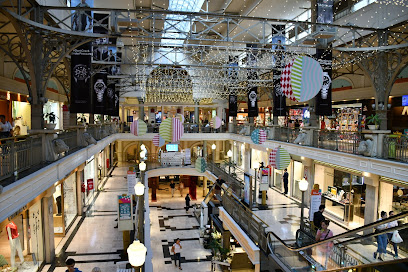
Galería Solar de French
Explore the unique blend of art and shopping at Galería Solar de French, a must-visit gem in vibrant San Telmo, Buenos Aires.
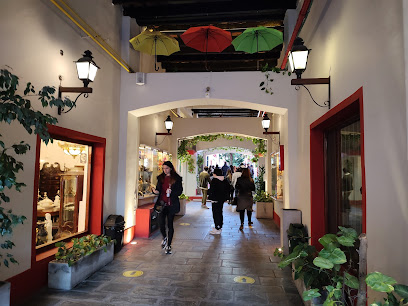
Calle Florida
Discover the vibrant shopping scene of Calle Florida in Buenos Aires, where fashion meets culture in a bustling atmosphere.
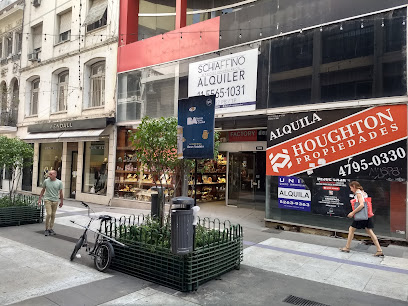
Besidearg.com
Discover eclectic gifts, vintage clothing, and local collectibles at Besidearg.com in the heart of Buenos Aires, a must-visit for every traveler.
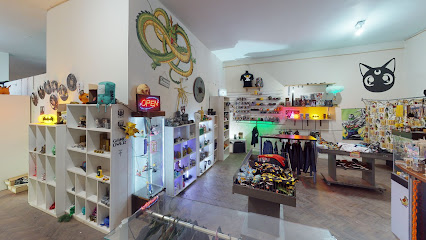
Store Kitsch Original Gifts
Explore Store Kitsch in Buenos Aires for original gifts showcasing the city's vibrant culture and artistic spirit, perfect for memorable souvenirs.
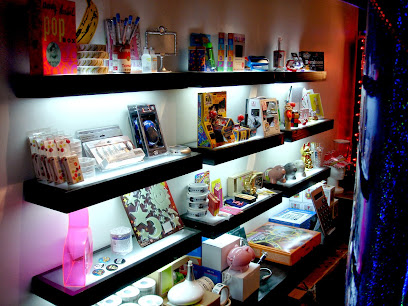
Fueguia 1833 Recoleta
Explore Fueguia 1833 Recoleta, a premier boutique in Buenos Aires offering artisanal perfumes and candles inspired by Argentina's rich landscapes.
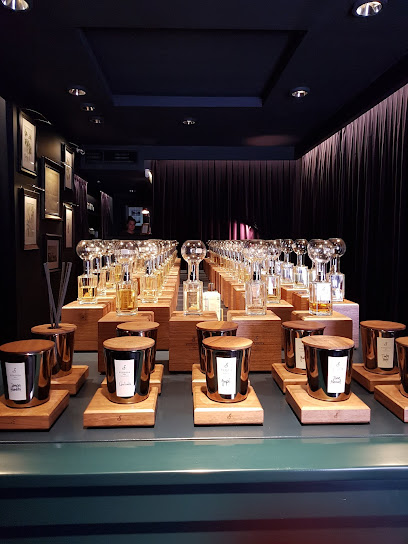
Store - PROXY WORLD
Explore Proxy World in Buenos Aires for unique gifts and collectibles that celebrate local culture and artistry, perfect for every traveler.
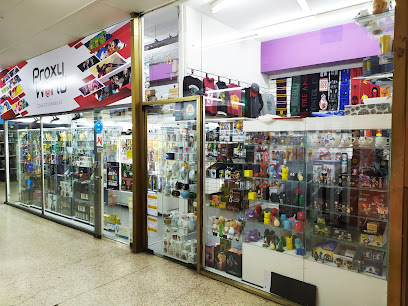
Silvia And Mario
Discover high-quality leather coats and exquisite craftsmanship at Silvia And Mario, a premier boutique in Buenos Aires offering unique leather goods.
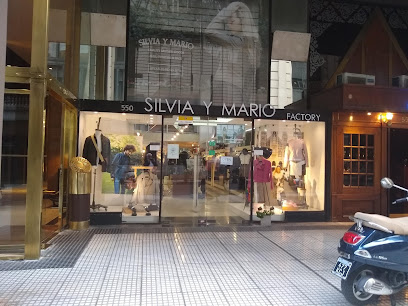
Recoleta Gift Shop
Explore the charm of Argentine craftsmanship at Recoleta Gift Shop, where unique home goods await your discovery in the heart of Buenos Aires.
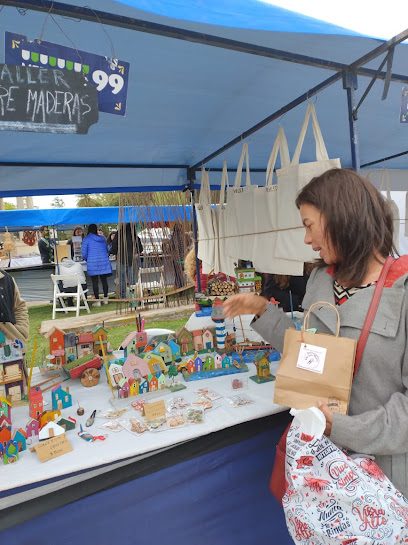
HOLA FRANCIA
Explore Hola Francia in Buenos Aires for unique and artisanal souvenirs that embody the rich culture and artistry of Argentina.
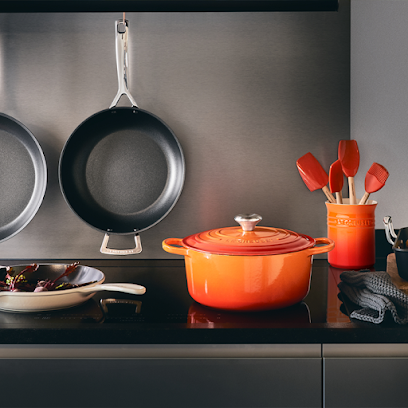
Onda Shop
Discover unique gifts, fashion accessories, and cosmetics at Onda Shop in Buenos Aires, a vibrant destination for stylish souvenirs.
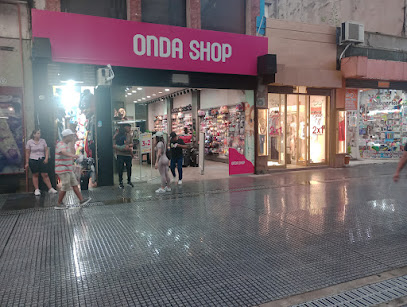
Mercado Argentino Vintage
Discover a treasure trove of vintage clothing in the heart of Buenos Aires at Mercado Argentino Vintage, where history and style collide.
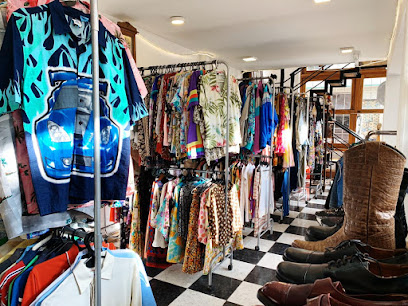
Essential bars & hidden hideouts
La Puerta Roja
Discover the vibrant nightlife of Buenos Aires at La Puerta Roja, a bar where locals and tourists unite over fine drinks and lively entertainment.
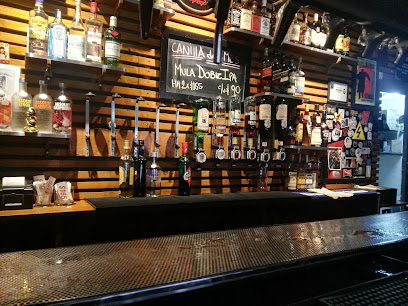
Dársena
Experience the vibrant nightlife of Buenos Aires at Dársena, a cocktail bar and brewpub that offers an unforgettable evening of drinks and entertainment.
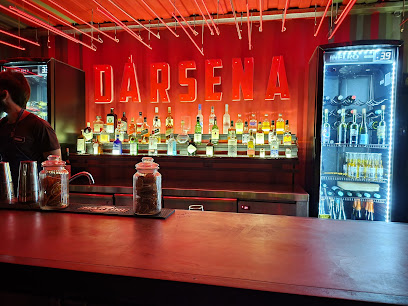
Rey de Copas
Experience the cultural heartbeat of Buenos Aires at Rey de Copas, a vibrant bar known for its cocktails and lively ambiance.
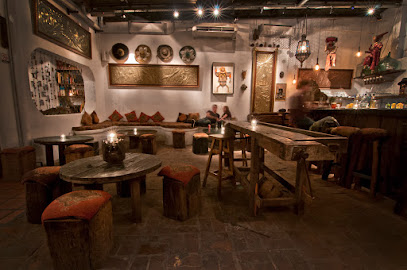
Presidente Bar
Discover the art of cocktail making at Presidente Bar, a stylish venue in Buenos Aires offering innovative drinks and a vibrant nightlife experience.
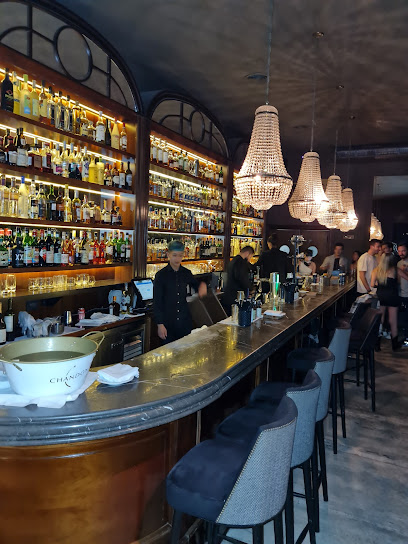
Bar 878
Discover the vibrant nightlife at Bar 878, Buenos Aires' premier cocktail bar offering exquisite drinks and a stylish ambiance.
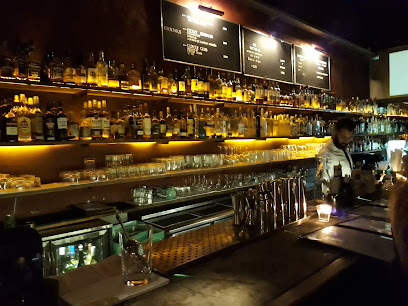
Gran Bar Danzon
Gran Bar Danzon: A Chic Destination for Exquisite Cocktails and Culinary Delights in Buenos Aires' Vibrant Nightlife.

BrukBar Buenos Aires
Experience the vibrant nightlife of Buenos Aires at BrukBar, where expertly crafted cocktails and delicious cuisine await in a stylish setting.
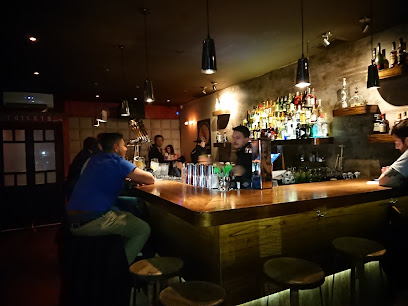
Verne Club
Discover Verne Club, an upscale cocktail bar in Buenos Aires' Palermo, where innovative drinks and vibrant nightlife await every visitor.
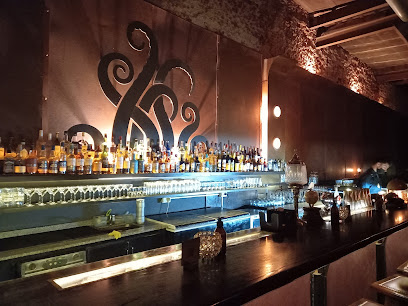
Crystal Bar
Experience luxury and breathtaking views at the Crystal Bar in Puerto Madero, Buenos Aires - the perfect cocktail of elegance and nightlife.
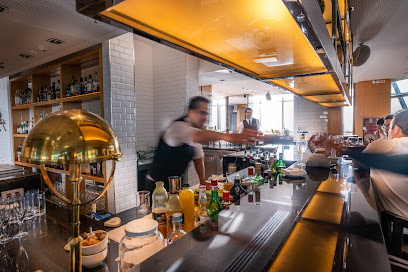
Backroom Bar
Discover the vibrant atmosphere of Backroom Bar in Buenos Aires, where creative cocktails and live music create the perfect nightlife experience.
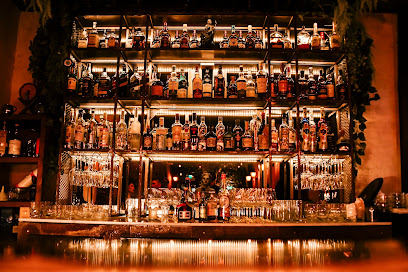
Tres Monos
Experience the vibrant nightlife of Buenos Aires at Tres Monos, where creative cocktails and a lively atmosphere await every visitor.
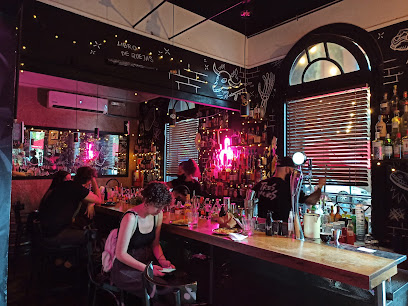
Frank's
Discover the stylish allure of Frank's, a chic bar in Palermo, where artisanal cocktails and grooming meet for an unforgettable Buenos Aires nightlife experience.
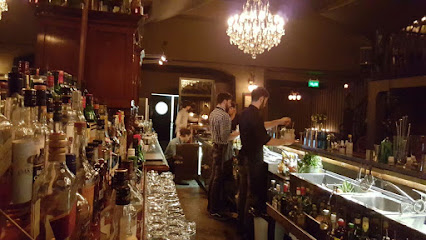
Alaire Terrace Bar
Experience the vibrant flavors of Buenos Aires at Alaire Terrace Bar, where culinary excellence meets a stunning rooftop view.
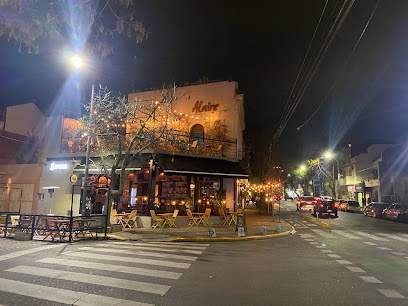
Doppelganger Bar
Experience the vibrant nightlife of Buenos Aires at Doppelganger Bar, where innovative cocktails and a unique atmosphere await.
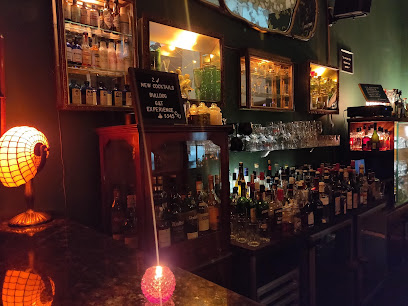
Bar Chin Chin
Experience the vibrant nightlife of Buenos Aires at Bar Chin Chin, a lively bar in San Telmo with affordable drinks and a welcoming atmosphere.
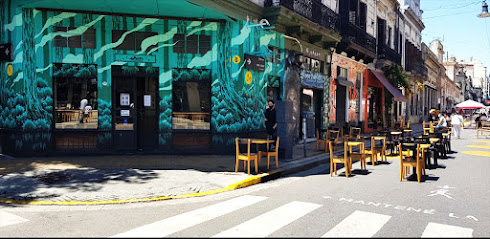
Local Phrases
-
- HelloHola
[o-la] - GoodbyeChau
[chau] - YesSí
[see] - NoNo
[no] - Please/You're welcomePor favor/De nada
[por fa-vor/de na-da] - Thank youGracias
[gra-sias] - Excuse me/SorryPerdón
[per-don] - How are you?¿Cómo estás?
[ko-mo es-tas] - Fine. And you?Bien. ¿Y vos?
[bien. ee vos] - Do you speak English?¿Hablás inglés?
[a-blas in-gles] - I don't understandNo entiendo
[no en-tien-do]
- HelloHola
-
- I'd like to see the menu, pleaseMe gustaría ver el menú, por favor
[me gus-ta-ria ver el me-nu por fa-vor] - I don't eat meatNo como carne
[no co-mo car-ne] - Cheers!¡Salud!
[sa-lud] - I would like to pay, pleaseQuisiera pagar, por favor
[ki-sie-ra pa-gar por fa-vor]
- I'd like to see the menu, pleaseMe gustaría ver el menú, por favor
-
- Help!¡Ayuda!
[ayu-da] - Go away!¡Andate!
[an-da-te] - Call the Police!¡Llamá a la policía!
[ya-ma a la po-li-sia] - Call a doctor!¡Llamá a un médico!
[ya-ma a un me-di-ko] - I'm lostEstoy perdido/a
[es-toy per-di-do/a] - I'm illEstoy enfermo/a
[es-toy en-fer-mo/a]
- Help!¡Ayuda!
-
- I'd like to buy...Quisiera comprar...
[ki-sie-ra com-prar] - I'm just lookingSolo estoy mirando
[so-lo es-toy mi-ran-do] - How much is it?¿Cuánto cuesta?
[kwan-to kues-ta] - That's too expensiveEs demasiado caro
[es de-ma-sia-do ca-ro] - Can you lower the price?¿Puede bajar el precio?
[pwe-de ba-har el pre-sio]
- I'd like to buy...Quisiera comprar...
-
- What time is it?¿Qué hora es?
[ke o-ra es] - It's one o'clockEs la una
[es la u-na] - Half past (10)Diez y media
[diez ee me-dia] - MorningMañana
[ma-nya-na] - AfternoonTarde
[tar-de] - EveningNoche
[no-che] - YesterdayAyer
[a-yer] - TodayHoy
[hoi] - TomorrowMañana
[ma-nya-na] - 1Uno
[u-no] - 2Dos
[dos] - 3Tres
[tres] - 4Cuatro
[kwa-tro] - 5Cinco
[sin-co] - 6Seis
[seis] - 7Siete
[sje-te] - 8Ocho
[o-cho] - 9Nueve
[nwe-ve] - 10Diez
[diez]
- What time is it?¿Qué hora es?
-
- Where's a/the...?¿Dónde está...?
[don-de es-ta] - What's the address?¿Cuál es la dirección?
[kwal es la di-rec-cion] - Can you show me (on the map)?¿Me podés mostrar (en el mapa)?
[me po-des mos-trar (en el ma-pa)] - When's the next (bus)?¿Cuándo es el próximo (colectivo)?
[kwan-do es el pro-ksi-mo (ko-lek-ti-vo)] - A ticket (to ....)Un boleto (a ...)
[un bo-le-to (a)]
- Where's a/the...?¿Dónde está...?
History of Buenos Aires
-
Buenos Aires was initially founded by Spanish explorer Pedro de Mendoza in 1536. However, due to attacks by indigenous peoples and difficulties in sustaining the settlement, it was abandoned. The city was re-established in 1580 by Juan de Garay, becoming a permanent settlement and an important port for Spanish trade.
-
During the colonial period, Buenos Aires flourished as a hub of commerce due to its strategic location. The city was part of the Viceroyalty of the Río de la Plata, which was established in 1776. Buenos Aires' port was crucial for the export of silver from the mines of Potosí in present-day Bolivia, significantly contributing to its economic growth.
-
In the early 19th century, Buenos Aires faced two British invasions in 1806 and 1807. Despite initial successes, the British forces were ultimately repelled by local militias and citizens. These events boosted the city's sense of autonomy and pride, laying the groundwork for future independence movements.
-
The May Revolution of 1810 marked the beginning of Argentina's struggle for independence from Spanish rule. Buenos Aires was at the heart of this movement, with the First Junta established on May 25, 1810. The city continued to be a political and cultural focal point throughout the subsequent wars of independence, culminating in Argentina's declaration of independence in 1816.
-
In the late 19th and early 20th centuries, Buenos Aires underwent rapid modernization and expansion. The city attracted a wave of European immigrants, which significantly influenced its culture and demographics. During this period, iconic landmarks such as the Teatro Colón, Avenida de Mayo, and numerous grand palaces were constructed, reflecting the city's prosperity and cosmopolitan character.
-
The mid-20th century was marked by the rise of Juan Domingo Perón and his wife, Eva Perón, who left a lasting impact on Argentine politics and society. Perón's presidency (1946-1955) brought significant social and economic changes, but it also led to political instability. Buenos Aires witnessed numerous protests, coups, and political upheavals during this era, shaping the city's contemporary political landscape.
-
From 1976 to 1983, Argentina was under military dictatorship during a period known as the 'Dirty War.' Buenos Aires was a central stage for the government's campaign against suspected dissidents, resulting in thousands of disappearances and human rights abuses. The Mothers of the Plaza de Mayo, a group of women who protested against the disappearance of their children, became an enduring symbol of resistance and human rights advocacy.
-
Since the return to democracy in 1983, Buenos Aires has experienced a cultural renaissance. The city has become renowned for its vibrant arts scene, including tango music and dance, world-class theaters, and burgeoning street art. Buenos Aires continues to evolve as a dynamic metropolis, blending its rich historical heritage with contemporary cultural trends.
Buenos Aires Essentials
-
Buenos Aires is served by two main airports: Ezeiza International Airport (EZE) and Aeroparque Jorge Newbery (AEP). Ezeiza primarily handles international flights and is located approximately 30 kilometers from the city center. Aeroparque handles mostly domestic and some regional flights and is conveniently situated just a few kilometers from downtown. From Ezeiza, you can reach the city center by taxi, shuttle bus, or private transfer. From Aeroparque, taxis and buses are the most common modes of transport.
-
Buenos Aires has an extensive public transportation system, including buses, the Subte (subway), and trains. The Subte is the fastest way to get around the city, with six lines covering most of the key areas. Buses, known as 'colectivos,' operate 24/7 and cover virtually every corner of the city. Taxis and ride-sharing services like Uber are also widely available. For a unique experience, consider taking the Tren de la Costa, which offers scenic views of the Río de la Plata.
-
The official currency is the Argentine Peso (ARS). Credit cards are widely accepted in hotels, restaurants, and shops, but it's advisable to carry some cash for smaller establishments and markets. ATMs are plentiful and can be found throughout the city. Be aware that some ATMs may have withdrawal limits and fees, so it's wise to check with your bank beforehand.
-
While Buenos Aires is generally safe for tourists, certain neighborhoods have higher crime rates, especially for crimes targeting tourists. Areas like La Boca, Constitución, and parts of San Telmo can be risky, particularly at night. Always stay vigilant, avoid displaying valuables, and stick to well-lit and populated areas. It's advisable to use registered taxis or ride-sharing services rather than hailing cabs off the street.
-
In case of emergency, dial 911 for police, medical, and fire services. Major hospitals in Buenos Aires include Hospital Italiano and Hospital Alemán, both of which have English-speaking staff. Pharmacies are widely available and can dispense over-the-counter medications. It is highly recommended to carry travel insurance that covers medical emergencies and accidents.
-
Fashion: Do dress stylishly but comfortably; Buenos Aires is known for its fashion-forward residents. Avoid overly casual attire in upscale areas. Religion: Do respect religious customs, especially when visiting churches. Public Transport: Do have a SUBE card for using buses and the Subte. Don't block the doorway or eat on public transport. Greetings: Do greet people with a kiss on the cheek; a handshake may be used in formal settings. Eating & Drinking: Do try local dishes like empanadas and asado. Don't rush through meals; dining is a social experience in Buenos Aires.
-
To experience Buenos Aires like a local, visit traditional 'barrios' like Palermo, Recoleta, and Belgrano. Enjoy a coffee at a historic café such as Café Tortoni. Take part in a tango night at a 'milonga' to experience the local dance culture. On Sundays, visit the San Telmo market for antiques and street performances. Finally, don't miss a football match at La Bombonera or El Monumental to feel the city's sports passion.
Trending Landmark in Buenos Aires
-
Obelisco
-
Plaza de Mayo
-
Jardín Japonés
-
Woman's Bridge
-
Jardín Botánico Carlos Thays
-
Plaza del Congreso
-
Usina del Arte
-
Palacio Barolo
-
Plaza General San Martín
-
Parque Mujeres Argentinas
-
Parque de la Memoria - Monumento a las Víctimas del Terrorismo de Estado
-
Museo Nacional de Arte Decorativo
-
Plaza Rodríguez Peña
-
Museo Nacional del Cabildo de Buenos Aires y de la Revolución de Mayo
-
Museo Histórico Nacional
Nearby Cities to Buenos Aires
-
Things To Do in Colonia del Sacramento
-
Things To Do in La Plata
-
Things To Do in Fray Bentos
-
Things To Do in Montevideo
-
Things To Do in Rosario
-
Things To Do in Maldonado
-
Things To Do in Punta del Este
-
Things To Do in Mar del Plata
-
Things To Do in Tacuarembó
-
Things To Do in Córdoba
-
Things To Do in Encarnacion
-
Things To Do in Carmen del Parana
-
Things To Do in San Rafael
-
Things To Do in Mendoza
-
Things To Do in Villarrica




